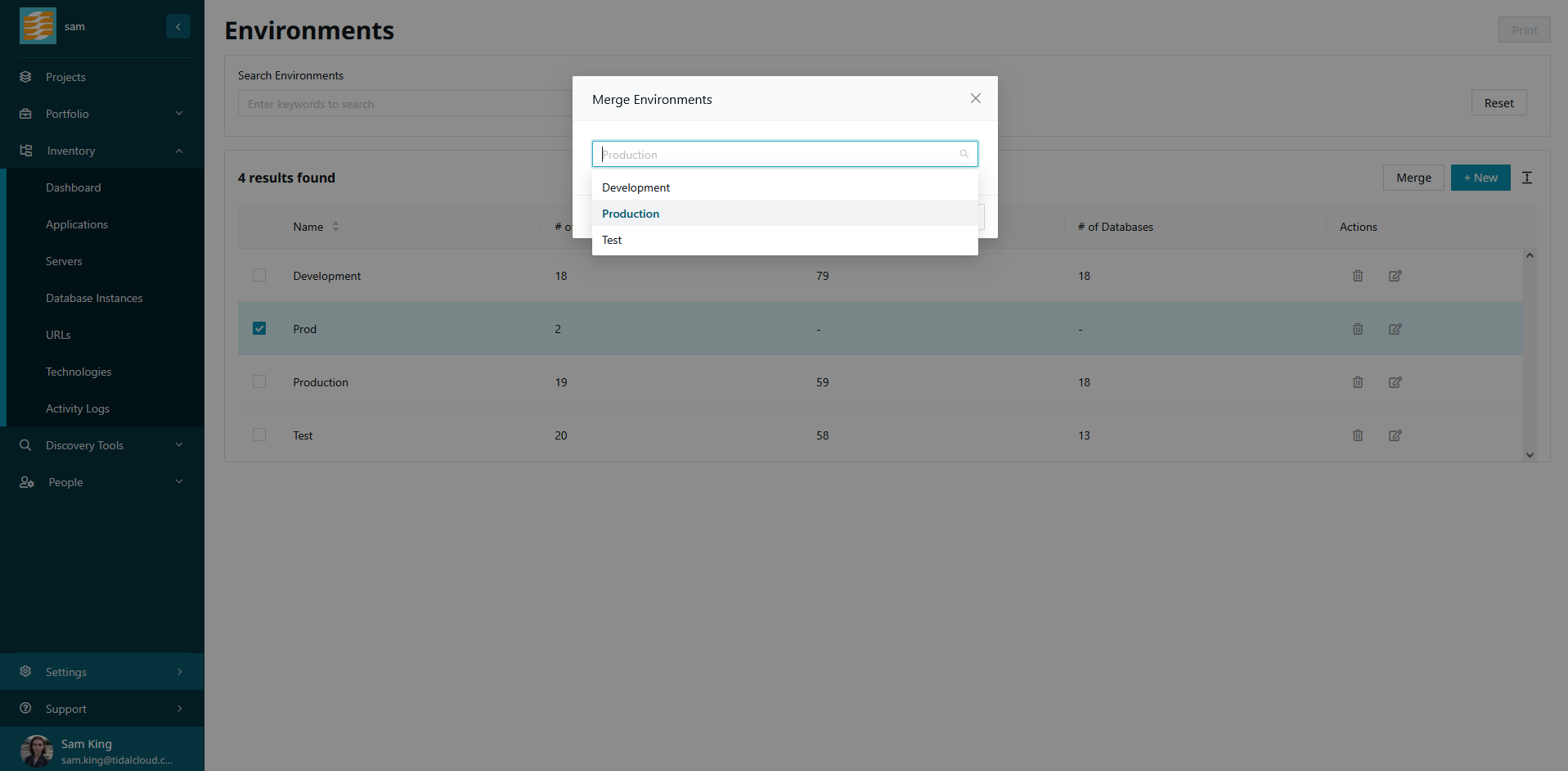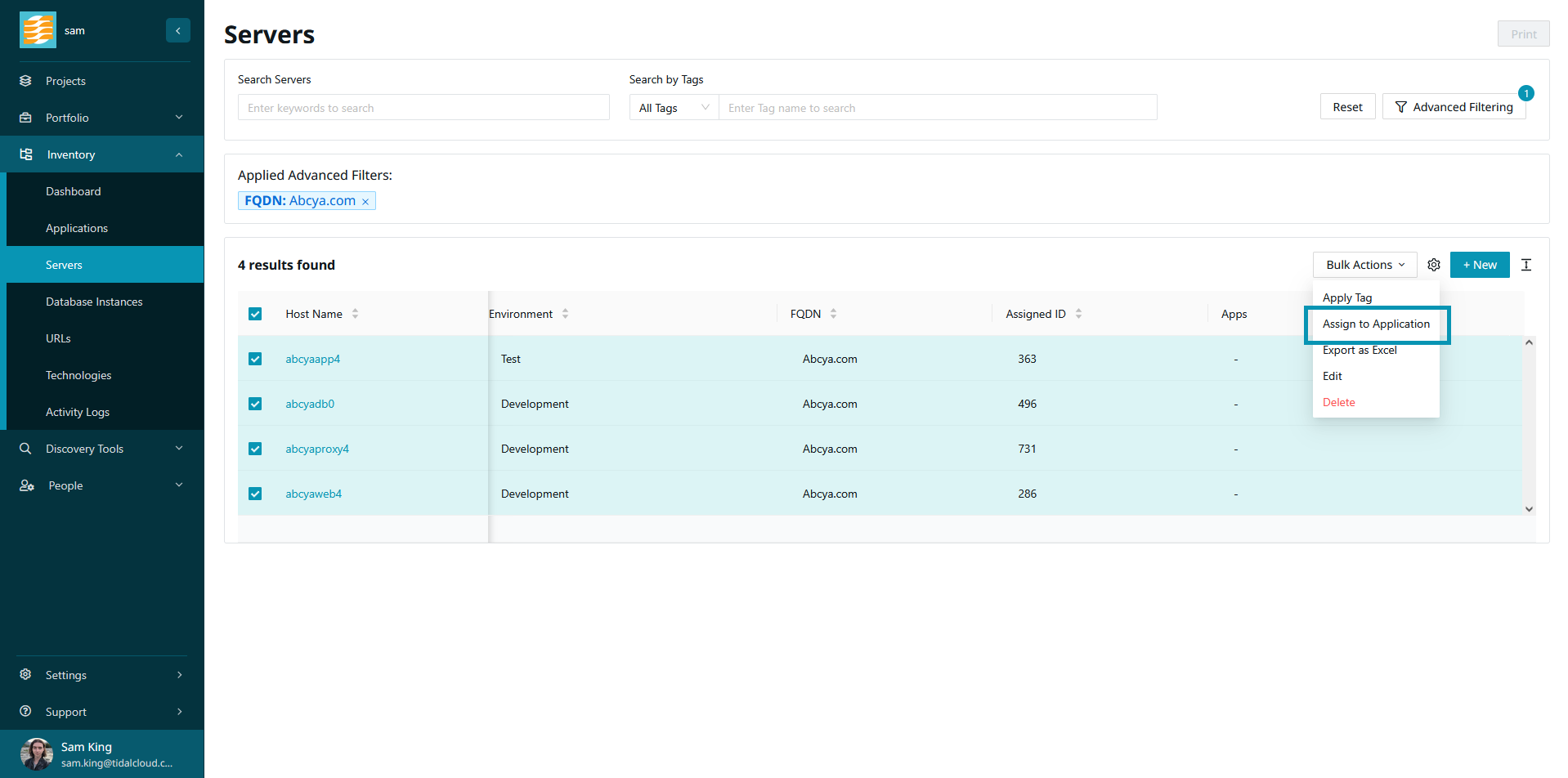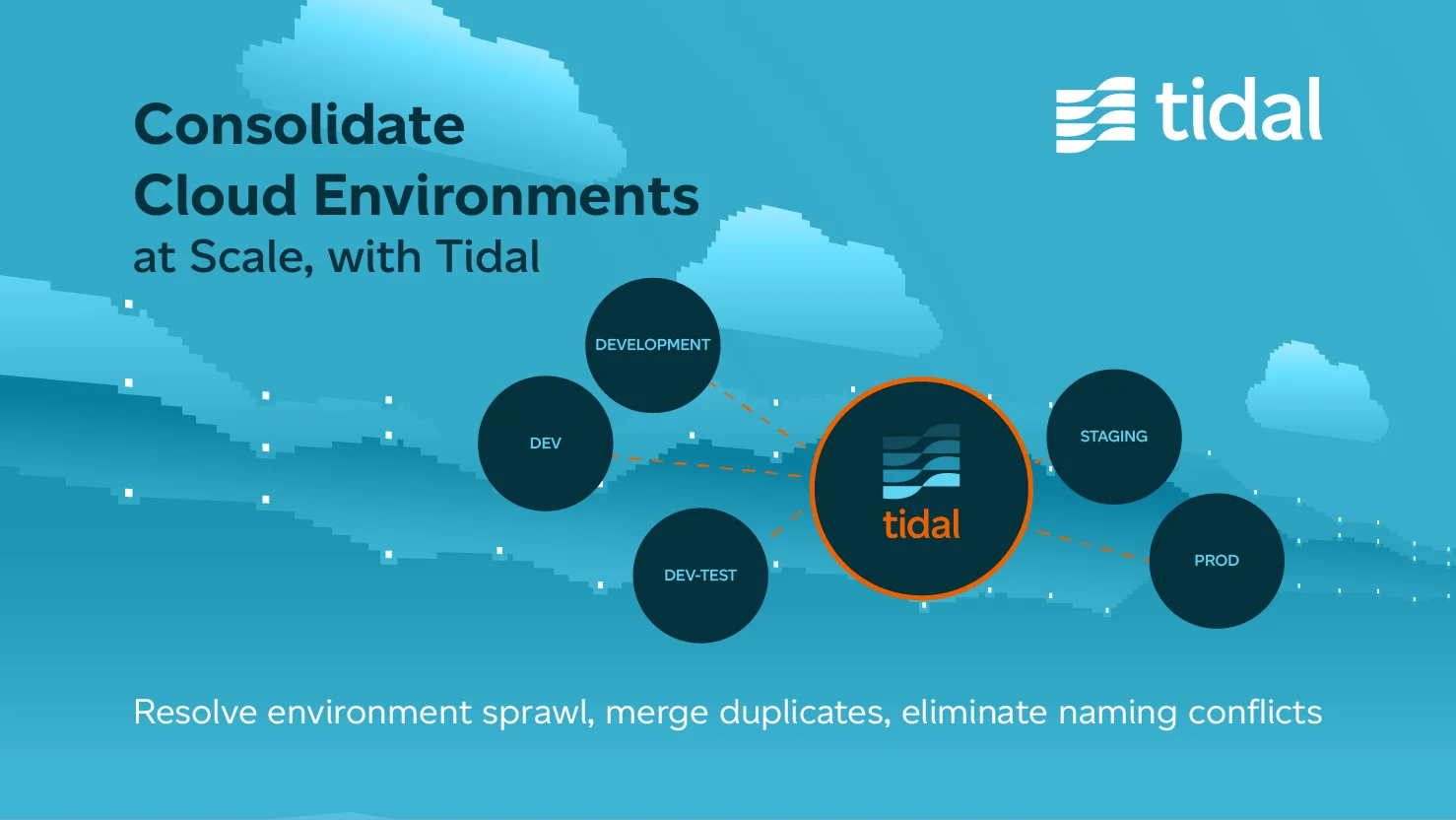Resolve Environment Naming Conflicts Across Your Enterprise
Cloud environment cleanup is often overlooked but it’s one of the biggest blockers to efficient cloud transformation.
Have you ever found yourself lost in a labyrinth of environment names? “Dev,” “development,” “dev-test” — sound familiar? What starts as a simple spreadsheet import can quickly spiral into a nightmare of duplicate records and data inconsistencies.
One of our customers knows this pain all too well. They were drowning in dozens of nearly identical environment entries for their on-premises applications. Each subtle variation was creating confusion, breaking reports, and complicating critical cloud transformation efforts.
The Challenge of Data Inconsistency
Imagine trying to map workloads or plan a migration when your data looks like a puzzle with mismatched pieces. These seemingly minor naming discrepancies can:
- Derail accurate reporting
- Misrepresent critical system dependencies
- Slow down cloud transformation initiatives
Quick Tips for a Smooth Migration
Tip 1: If you find yourself asking “Why does this one app have 7 on‑prem environments?”, that’s a telltale sign a pure lift‑and‑shift migration will only multiply your cleanup headaches.
Tip 2: Standardize your production application environment first. Lower environments can be stood up in the cloud quickly, if you migrate with infrastructure as code models. So think about your Day‑2 operating model up front.
Introducing Merge Environments: Your Data Cleanup Solution
Listening to our customer’s struggle, Tidal engineers developed Merge Environments now part of the new Bulk Actions menu in Tidal Accelerator.
Here’s how it works:
- From the Environments page, select the environment you’d like to merge (e.g., “Prod”).
- Click Merge from the bulk actions dropdown.
- Select the target environment to merge into (e.g., “Production”).
- Review the confirmation message and click Merge.
All associated applications, servers, and databases from the merged environment will be transferred to the selected environment. The original environment will be deleted.

Selecting the environment that you’d like to merge environments into.
The Benefits: Transforming Data Management
- Rapid Cleanup: Consolidate duplicate environments in just a few clicks.
- Holistic Visibility: View a clean, accurate portfolio, no more guesswork.
- Operational Efficiency: Reduce manual reconciliation time by up to 80%.
- Improved Migration Planning: Eliminate noise and make smarter decisions, faster.
Ideal for Large-Scale IT Environments
Merge Environments is perfect for teams using cloud portfolio consolidation tools to gain clarity across sprawling infrastructure:
- Large enterprises with complex multi-cloud environments
- Financial services managing compliance-critical data
- Healthcare orgs juggling multiple platforms
- Technology firms scaling digital transformation
- Government agencies consolidating IT infrastructure
Part of a Broader Vision
Merge Environments is one piece of a larger effort to help IT teams bulk update cloud environments with confidence. These cloud portfolio consolidation tools—like editing field values, assigning resources, and copying application attributes, keep your cloud journey clean, consistent, and scalable.

Assigning a bulk action to selected Servers.
What’s New 💡
-
Merge via Bulk Actions: Combine environments directly from the in-app dropdown. Simple, fast, and built for scale.
-
Copy Values Across Applications: Reduce manual work by copying fields from one app to others across different environments.
Explore how both features work in detail in our Tidal Accelerator Guides.
Clean Data, Confident Decisions
Messy environment names? Inconsistent records? Tidal Accelerator is your go-to cloud portfolio consolidation tool. Standardize naming, bulk update environments, and move forward with clarity.
👉 Ready to simplify your portfolio? Log in to Tidal Accelerator.


